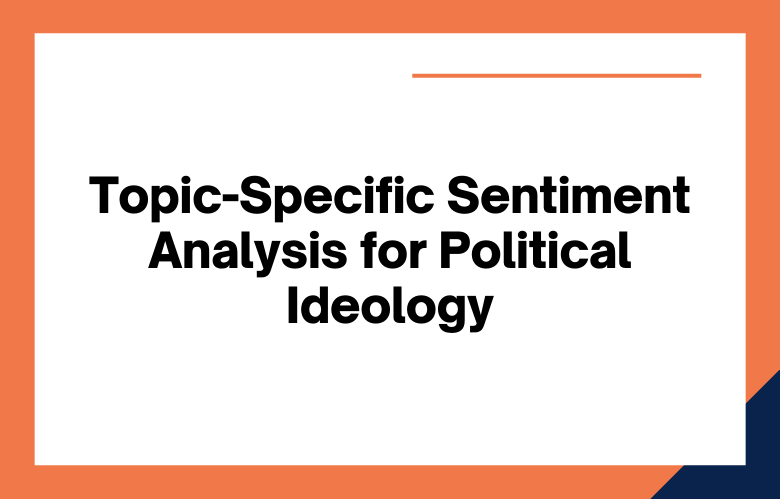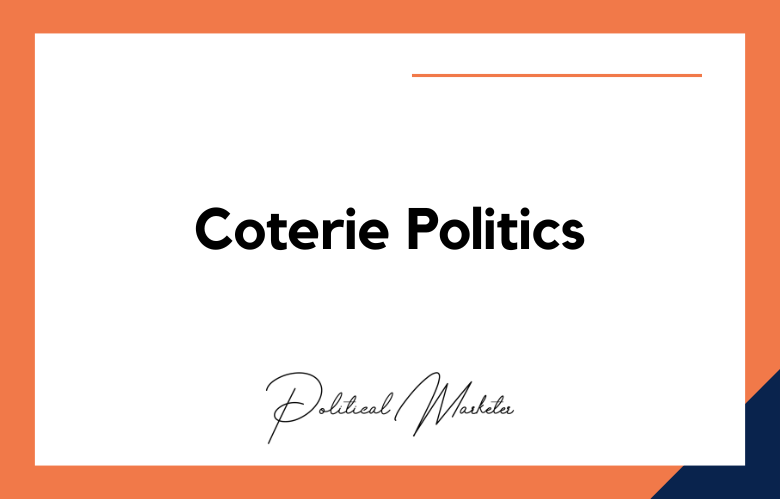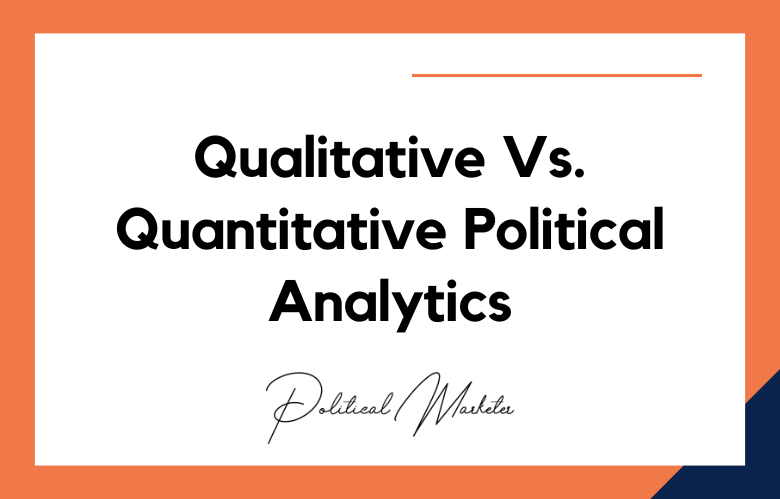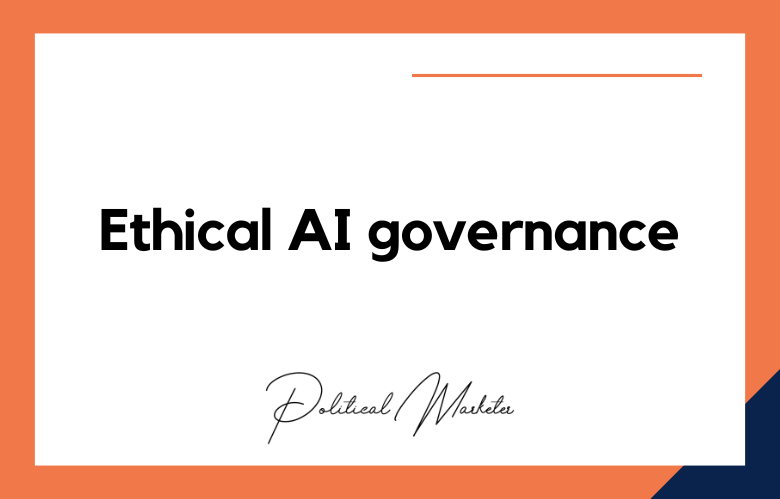We’ve all seen the outrage on Twitter and Facebook over current political issues, but how can we make sense of it? What does this anger mean for our democracy?
Yes! With the advances in artificial intelligence (AI), sentiment analysis is now possible. Using AI and topic-specific sentiment analysis, we can identify people based on political ideology. Let’s explore how this works.
PIdeology Ideology can be brutal to identify based on social media posts. The data is usually biased, and people’s opinions are not always explicit. Topic-specific sentiment analysis can help us learn more about people’s thoughts about specific issues, like abortion or gun control. It breaks down their beliefs into two categories: pro-life or pro-choice.
What is Political Ideology?
PIdeology Ideology is where you stand on political issues.
PIdeology Ideology is a set of beliefs about how government should operate.
PIdeology Ideology is the alignment of political belief systems.
PIdeology Ideology is a term used to describe the beliefs, attitudes, and outlooks of people interested in politics.
PIdeology Ideology is a system of principles that guide people’s political actions.
Political Ideology Detection
A political spectrum shows the differences between various political positions. The left end of the spectrum indicates more liberal beliefs, while the right indicates more conservative ideas.
Let’s face it: politics is a messy business. What you see on the news isn’t always what it seems. Sometimes, there are two phases to every story!
This is a tough one to answer since many different political ideologies exist. Some examples, though, would be liberal, conservative, and libertarian.
Why Do Political Ideology Models Important?
Studying political ideology models is essential because they help identify how a person thinks and acts in the real world.
Political Ideology Models are essential in politics because they help us understand policy options.
Politics is a huge part of our daily lives and affects us significantly. Political Ideology Models help us better understand the people we’re talking to and why they believe what they do.
People interested in politics can benefit from understanding political ideology models because they enable us to understand various problems.
It’s important to have models that help us understand ideology Ideology. These models can be used to make political decisions and vote in general elections.
Can Sentiment Analysis Reveal Political Ideology?
Yes, sentiment analysis can be used to detect pIdeology Ideology. We’ve found that liberals use more positive words, and conservatives use more negative ones. While this isn’t 100% accurate, it’s a good indication of one’s political leanings.
When it comes to politics, you can’t please everyone. But if you need a good laugh at the expense of both liberals and conservatives, check out this article about Sentiment Analysis.
The answer was no, even though the sentiment analysis showed these statements had a negative sentiment. (Note: this is an actual study conducted by researchers.)
What advanced User-Behavior Analytics can tell us about Political Ideology
Political ideologies differ across countries and periods. This is because people with similar interests tend to form groups.
PIdeology Ideology is one of the most critical topics in today’s society. Many argue that it impacts how people live their lives, think about others, and interact with each other.
Using Topic Sentiments for Ideology Detection
Topic Sentiment is a tool that detIdeology Ideology of a text. It has been used to see political affiliations and stances on social issues.
Ideology detection is a trendy topic in the field of natural language processing.
Ideology detection is identifying the political or social attitude of a piece of writing.
The popularity of ideology detection research has been increasing recently. In this paper, we present a method to detect the Ideology Ideology in topic texts using topic-sentiment analysis based on terms’ polarity.
Sentiment Analysis for Controversy Detection
The sentiment analysis could be done by comparing texts with a pre-defined list of keywords that might indicate an opinion, such as “love” or “hate.” It can then be determined if the text has a more robust trend towards one extreme than the other.
This is why it would still work for detecting controversial statements. Even though they may not have all the keywords in a dictionary, they would have enough to determine if one opinion is robust.
Computer programs are not intelligent enough to detect what people mean, so sentiment analysis software has become more of an art than a machine act.
The trick with sentiment analysis is that some words look similar depending on typesetters’ or typographers’ preferences. For example, the word “though” can be typed as “tho,” “thou,” or even though.”
This makes it difficult for sentiment analysis tools to classify the word correctly.
Furthermore, certain words have different meanings in different languages, so intelligence needs to be built into each type of language analyzer processor.
Using sentiment analysis to predict opinion inversion in Tweets of political communication
Sentiment analysis is the method of finding a text’s positive or negative sentiment. It’s often used in customer feedback, employee satisfaction surveys, and marketing materials.
The two main sentiment analysis methods are statistical models, which interpret words statistically, and distributional models, which analyze distributions across punctuation symbols or sentence structures.
The analysis can identify the sentiment of the subject, and the analyst can predict whether or not their opinion will change.
However, this does not preclude other people from predicting and making decisions based on social interactions and records of previous opinions.
How Facebook Sentiment Analysis Can Be Used in Politics
A recent research analysis that Facebook conducted shows how they can predict the outcome of an election.
Politicians use Facebook sentiment analysis to determine how their messages are perceived. This can help them know what needs changing or improving to serve the public interest better.
Conclusion
We’ve seen how topic-specific sentiment analysis can help identify ideology Ideology.
But what about social and cultural attitudes? Let our expert team look at your audience to see if we can do some consulting on the best ways to engage them politically, culturally, or socially. Fill out this form for more information!
How Topic-Specific Sentiment Analysis Can Help Identify Political Ideology: FAQs
What Is Political Ideology?
A political ideology is a set of beliefs and values regarding how society should be organized, the role of government, and what policies should guide civic life.
Why Do Political Ideologies Matter?
They serve as frameworks for interpreting social issues, influencing policy preferences, guiding voting behavior, and shaping political systems.
What Are the Main Types of Political Ideologies?
Common ideologies include liberalism, conservatism, socialism, libertarianism, progressivism, and centrism, each with unique perspectives on governance.
How Did the Left and Right Political Spectrum Originate?
The terms originated during the French Revolution, where reformists sat on the left of the assembly and conservatives on the right.
What Defines Liberal Political Ideology?
Liberalism emphasizes individual liberty, equality, civil rights, democratic governance, and positive government intervention in social and economic matters.
What Defines Conservative Political Ideology?
Conservatism values tradition, order, hierarchy, personal responsibility, limited government, and cautious change.
How Is Political Ideology Defined in Academic Research?
It is defined as a system of ideas or doctrines used to explain how society should function and to justify political action.
Can Political Ideology Influence Cooperation?
Yes, studies show that liberals may cooperate more due to egalitarian values, while conservatives may prioritize structure and self-reliance.
How Are Political Ideologies Measured in Surveys?
They are typically measured using scales ranging from liberal to conservative, based on responses to political, social, and economic questions.
What Role Does Data Play in Political Ideology Detection?
Data analysis tools like sentiment analysis and topic modeling are used to infer ideological leanings from behavior and speech.
Can Political Ideologies Change Over Time?
Yes, ideologies evolve due to shifts in history, public opinion, leadership, and societal context.
How Do Centrist Ideologies Differ from Others?
Centrists combine elements from both the left and right, promoting moderate reform and pragmatic policy approaches.
What Is the Difference Between Ideology and Political Philosophy?
Ideology focuses on applied political beliefs, while political philosophy examines fundamental questions about justice, power, and governance.
Are All Political Ideologies Represented on a Single Left-Right Axis?
Not necessarily. Some models use multiple axes, such as economic and social dimensions, to represent more complex ideological positions.
How Do Democracies Benefit from Political Ideologies?
Ideologies help citizens organize, guide political parties, structure debates, and create clarity in the policy-making process.
Can Political Ideology Be Hereditary or Socialized?
While not directly inherited, political beliefs are often influenced by family, education, media, and life experiences.
How Do Political Parties Use Ideologies?
Parties use ideologies to craft platforms, mobilize supporters, frame public discourse, and distinguish themselves from rivals.
What Makes Some Ideologies More Popular Than Others?
Popularity depends on cultural resonance, economic conditions, historical events, and the effectiveness of ideological messaging.
Is Populism a Political Ideology?
Populism is often considered more of a rhetorical strategy than a full ideology, though it can align with various ideological movements.
How Do Current Leaders Shape or Reflect Ideologies?
Leaders may embody or reshape ideologies through their policies, communication, and strategic choices, influencing how ideologies evolve in practice.
One way to get in touch is by filling out our online form on this site or give us a call at +91 9848321284. Let’s work together today!











